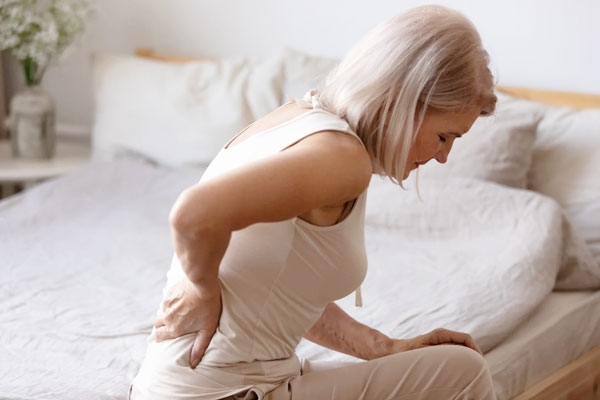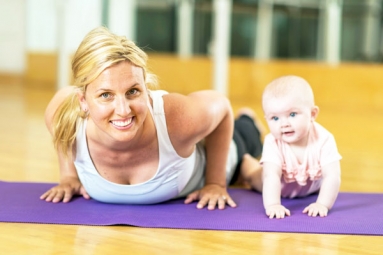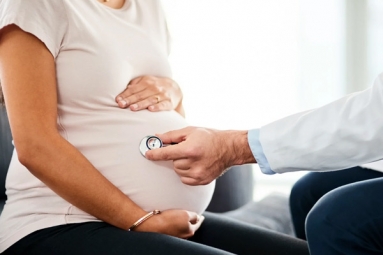
(Image source from: Canva.com)
As women reach their 40s and later, they frequently encounter various musculoskeletal issues, including osteoporosis, arthritis, ankle injuries, and tears of the rotator cuff. Dr. Sunil Dachepalli, a Senior Consultant in Orthopaedic Surgery specializing in Robotic Joint Replacement and Arthroscopic procedures at Yashoda Hospitals, asserts that this increased susceptibility is due to a combination of anatomical, hormonal, and lifestyle elements that set women's orthopedic health apart from that of men.
Biomechanics and Anatomical Structure: A significant factor contributing to these challenges is biomechanics. Dr. Dachepalli points out, "Women generally possess wider hips," which alters the femur's angle as it joins the knee, resulting in added strain on joint surfaces. This deviation in alignment can lead to accelerated cartilage deterioration, making women more vulnerable to developing osteoarthritis in their hips and knees at an earlier stage. Furthermore, the generally lower muscle mass in the upper body provides insufficient support for joints during daily and athletic activities, raising the likelihood of strains and tears.
Impact of Hormonal Changes on Bone Density: Hormonal factors are crucial for maintaining skeletal health. Estrogen plays a vital role in sustaining bone mass, and its significant decrease during menopause can lead to rapid deterioration of bone density. Dr. Dachepalli highlights that "approximately 80% of those affected by osteoporosis are women," underscoring the relationship between the decline in estrogen and weakened bones. Consequently, there is a heightened occurrence of stress and vertebral compression fractures, often resulting from minor injuries.
Injury Risks in Sports and Joint Flexibility: Women participating in physical activities are at a substantially elevated risk of orthopedic injuries. Research indicates that they are 2 to 10 times more likely than men to experience ACL tears, primarily due to anatomical differences (like a narrower intercondylar notch in the knee), fluctuations in hormonal cycles, and naturally higher joint laxity. "A wider range of motion in women's knee joints contributes to increased instability," explains Dr. Dachepalli, which is why ACL injuries represent a significant disparity in sports medicine between genders.
Broader Health Issues Beyond Joints: In addition to larger joints, women are more prone to conditions such as frozen shoulder and rotator cuff injuries that can hinder movement and daily activities. Ankle sprains are 25% more frequent among women, once again attributed to ligament laxity. Foot problems like Morton’s neuroma are worsened by the use of high-heeled shoes, while carpal tunnel syndrome often develops from fluid retention and thyroid issues—conditions that are more common in women—causing compression of the median nerve at the wrist.
Influence of Lifestyle on Prevention: Contemporary lifestyles can exacerbate orthopedic vulnerabilities. Conditions such as sedentary work, obesity, and insufficient time for physical exercise lead to weaker muscles and reduced bone density. Dr. Dachepalli cautions that "women often overlook their bone health until pain arises." He recommends regular participation in strength training, weight-bearing exercises, and following a well-balanced diet rich in calcium and vitamin D to enhance and maintain musculoskeletal strength.
Focusing on Women’s Bone Wellness: The orthopedic well-being of women is influenced by a complex interplay of physical alignment, hormonal changes, and lifestyle choices. It is crucial to conduct early assessments for osteoporosis, adopt proactive exercise routines, and respond promptly to injuries in order to preserve mobility and overall quality of life. Dr. Dachepalli points out that “After reaching their 40s, it is vital for women to receive careful attention and tailored management to effectively tackle these specific vulnerabilities.” With knowledgeable preventative measures and professional support, women can move forward with assurance into their middle years and beyond, supported by robust, healthy bones.







